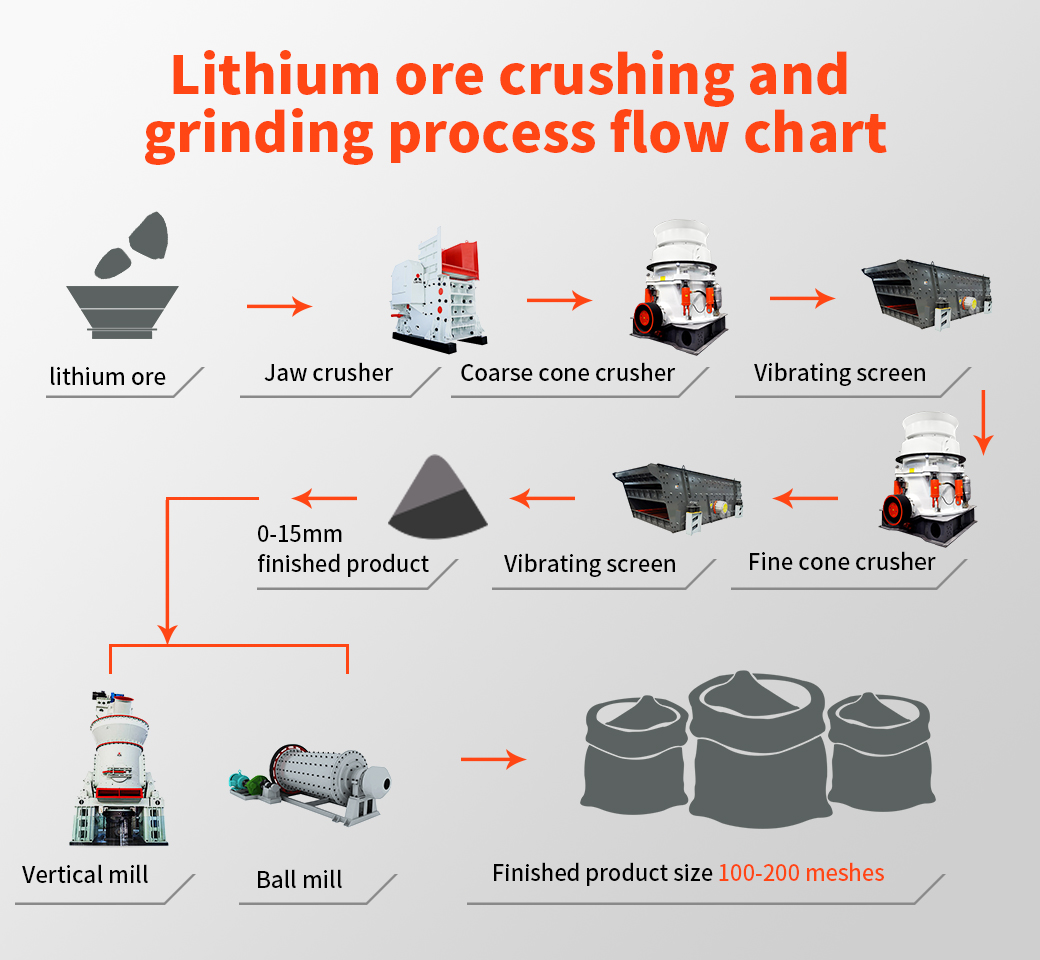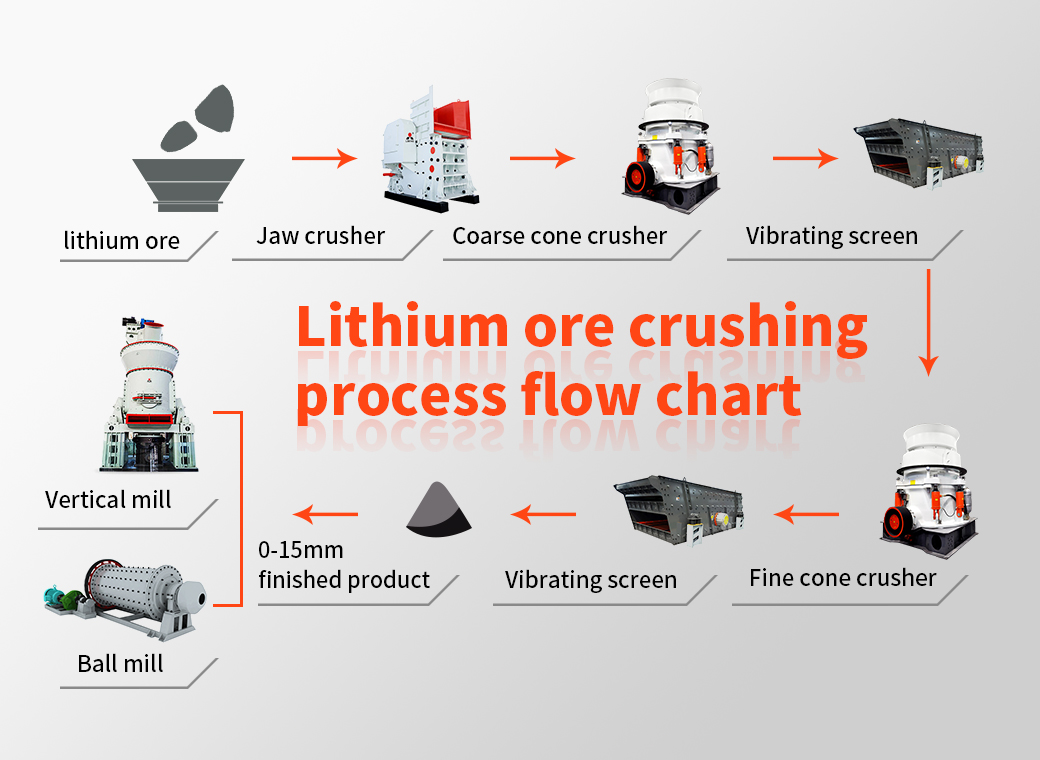How Raymond Mills Work
Raymond Mills are widely used in various industries for grinding and processing different materials. But have you ever wondered how these mills actually work? Let’s delve into the fascinating world of Raymond Mills and discover their working principle.
At the core, Raymond Mills operate based on a centrifugal force that allows the grinding rollers to tightly press against the grinding ring. This creates a continuous cycle of crushing, grinding, and classifying the material being fed into the mill.
The process starts with the raw material being evenly fed into the main body of the mill through a vibrating feeder or conveyor. As it enters, it is crushed by rotating hammers or other devices to reduce its size further.
Next, as gravity takes over, larger particles fall back down towards the bottom while finer particles are carried upwards by air currents generated by fans located inside. These fine particles then pass through an adjustable classifier where they are separated based on size.

Ryamond mill working
Once classified, depending on requirements, either all or part of
the material is sent back for regrinding while others exit through discharge valves at specific fineness levels.
In essence,
Raymond Mills use a combination of crushing and airflow methods to effectively grind materials into desired sizes. The centrifugal force plays a crucial role in this process as it helps maintain constant pressure between rollers and rings for efficient milling operations.
Understanding how Raymond Mills work can be instrumental in optimizing their performance and ensuring smooth production processes across various industries such as mining, metallurgy,
and construction materials manufacturing among others. By harnessing their capabilities effectively,
industries can enhance productivity while achieving desired quality standards in their end products.





 Spodumene: According to the hard rock crushing process, the crushed product is generally 5-40mm, combined with different design requirements of customers, two-end or three-stage crushing, high-grade crushed products (above 4-5%) can be directly used in the metallurgical process to produce lithium carbonate Or lithium hydroxide, the particle size of the finished product is generally around 20-40mm; low-grade generally requires ball mill grinding and separation, and the particle size of the finished product is generally around 5-20mm;
Spodumene: According to the hard rock crushing process, the crushed product is generally 5-40mm, combined with different design requirements of customers, two-end or three-stage crushing, high-grade crushed products (above 4-5%) can be directly used in the metallurgical process to produce lithium carbonate Or lithium hydroxide, the particle size of the finished product is generally around 20-40mm; low-grade generally requires ball mill grinding and separation, and the particle size of the finished product is generally around 5-20mm;
